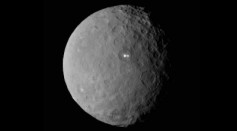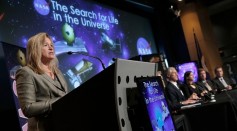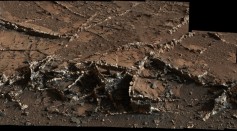nasa

Scientists Believe That Venus Holds the Secret of How Life Developed on Earth
Round 2 For SpaceX’s 10-Point Landing

Curiosity Finds Compelling Evidence of Liquid Water Near Martian Surface
Round 2 For SpaceX’s 10-Point Landing

NASA’s Dawn Spacecraft Emerges into the Light
SpaceX Poised to Try Daring Rocket Landing Again

NASA's Chief Scientist Predicts We Will Find Signs of Alien Life Within 10 Years
Can Life Form in Another Solar System? Scientists Find Building Blocks for Life Around Million-Year-Old Star

Sun Experiences Seasons Just Like the Earth

NASA and IBM Join Forces to Make...Apps
With the Help of ALMA Astronomers Find Complex Organic Molecules in Infant Solar System

Astronomers Witness Star Formation Over 18 Years

Curiosity Rover Curious About Ice Cream Sandwich Rock Formations
NASA Aims to Put Astronauts on Mars by 2039
Most Popular

China’s Tiangong Space Station to Expand Its Capabilities With New Modules

AI Revolution in Medical Education: Transforming How Healthcare Professionals Learn

Exploring Life Beyond Earth: Study Claims Other Planets Could Be Suitable for Alien Life

Out of Office, Not Out of Mind: Planning for Employee Holiday Absences





